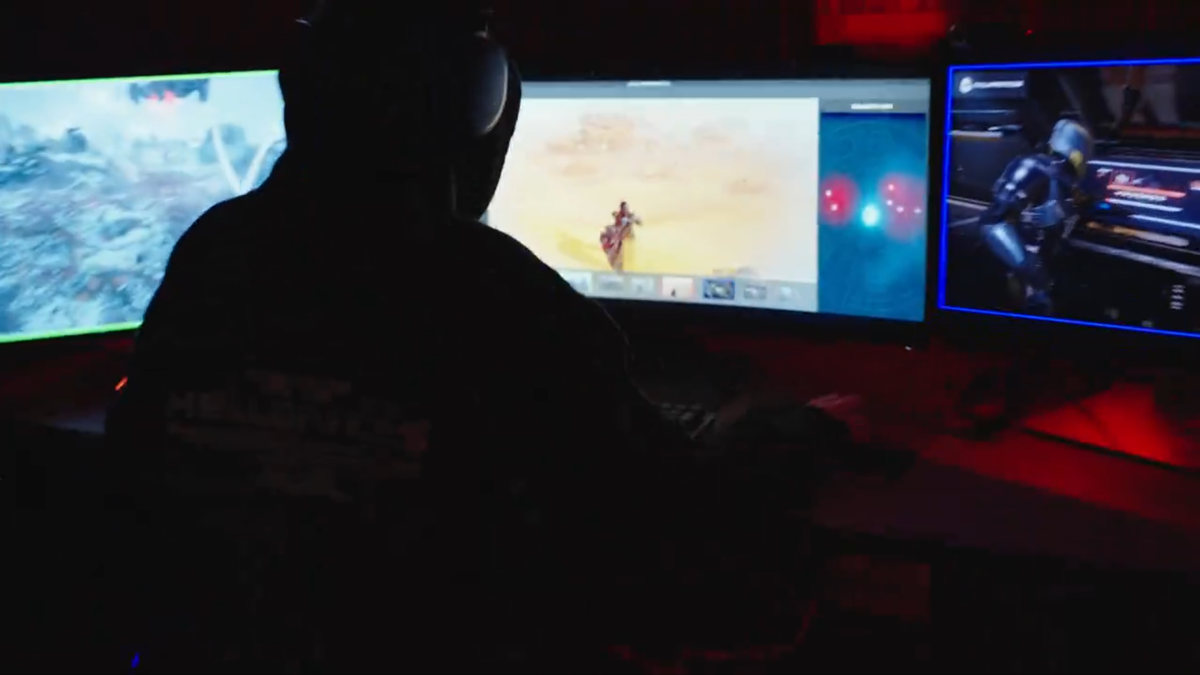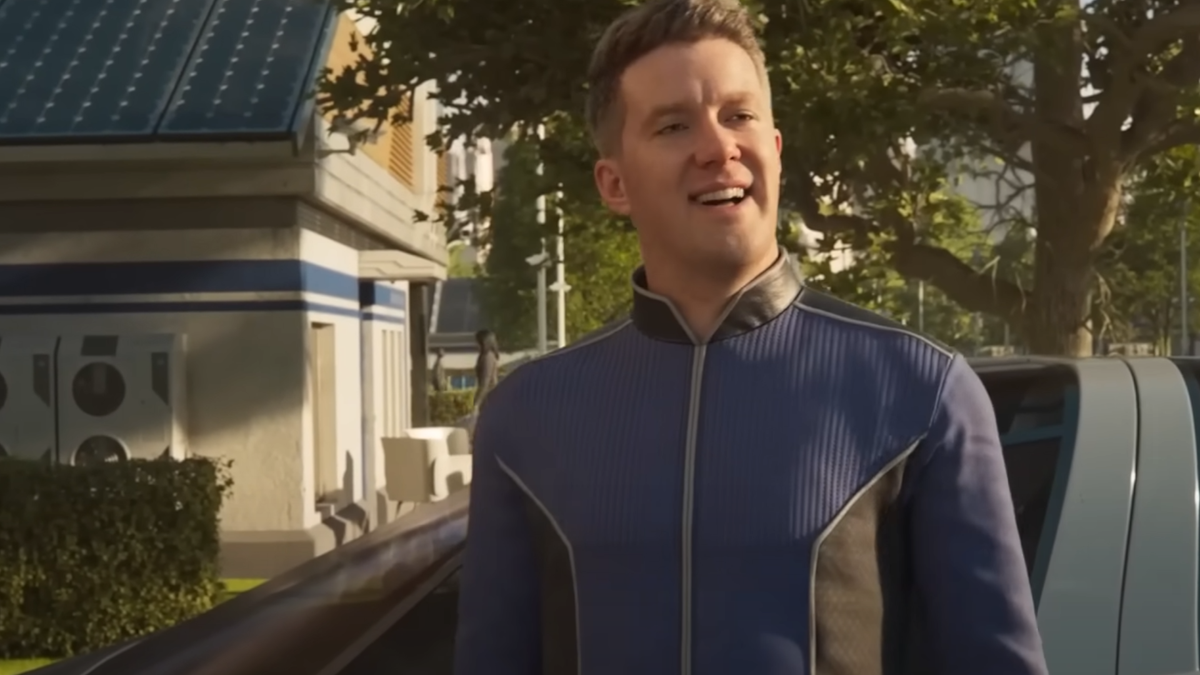Batteries. You could be forgiven for thinking that at some point battery development just sort of stopped, as Lithium-ion has been the preferred type of battery for our devices since its first commercial implementation all the way back in 1991, and work to find a better alternative has often seemed agonisingly slow. That may be about to change, however, as a collaboration between Microsoft and the Pacific Northwest National Laboratory has started to lead to new candidates for battery materials (via The Verge), and it’s all thanks to, you guessed it, AI.
Using Microsoft’s Azure Quantum Elements platform, researchers at the PNNL were able to query the system to find battery materials that use less lithium, before sorting the results to reveal which of the 32 million(!) different candidates the model identified would be stable enough to practically use.
That data was in turn whittled down to deduce which was best at conducting energy, and how practical each candidate was in terms of availability and cost of implementation.
All of this AI data-sorting resulted in 23 potential candidates and took the system only 80 hours, which when compared to the alternative of how long it would take a team of humans to sort through a similar amount of data is mind-bogglingly small. PNNL was then able to take one of these candidates and produce a working battery with it, with the hope that this new solid-state electrolyte could lead to a battery that is more stable than the lithium ion batteries of today, while using less lithium overall.
Given that lithium is currently in high demand—with that demand predicted to rise exponentially—and that lithium mining is far from the most eco-friendly of processes, this could prove to be a first step towards moving away from the element entirely and implementing something altogether better, both for the end-user and the environment in which it is created.
However, beyond those implications, it’s the sheer speed that the researchers were able to discover and implement this new material that’s staggering, as it simply wouldn’t be possible without AI assistance.
This suggests that more efficient batteries and battery designs may not be as far away as we thought, and that may well lead to new battery technology that solves some of the issues we all face with our rechargeable devices.
While current lithium ion batteries are certainly functional, they can be slow to charge, limited in terms of power delivery in relation to their physical size, and have a limited shelf life. If some of these issues can be solved by finding, developing and iterating on new materials and new construction methods via the leveraging of the power of AI, we could be looking at battery technology that makes our current versions seem antiquated much sooner than we thought.
Only time will tell, but it looks like a very promising start.
While we’re still impressed when something like a headset that delivers hundreds of hours of battery life or a gaming laptop that can withstand more than a couple of hours of actual gaming, that may be small potatoes compared to what batteries in the near future might be capable of.
That, in combination with some of the development in solar technology and similar eco-friendly charging methods, may mean our battery powered devices might be on the cusp of something revolutionary, providing this sort of methodology holds out.
Bring on the future, that’s what I say. Now if you’ll excuse me, I need to charge my headphones again. And my phone. And my… well, you get the idea.


